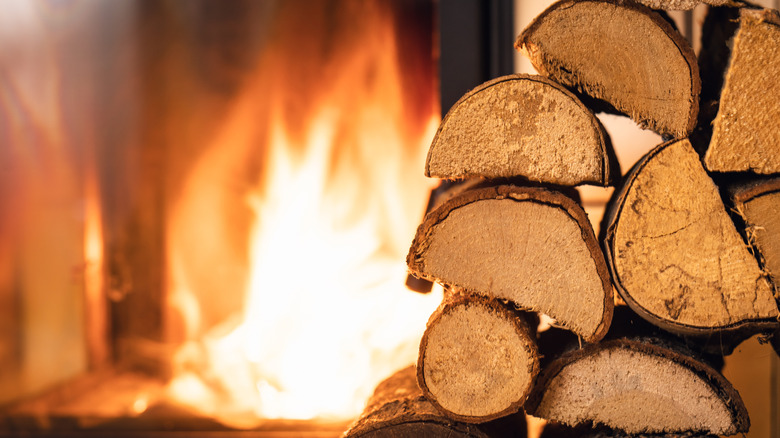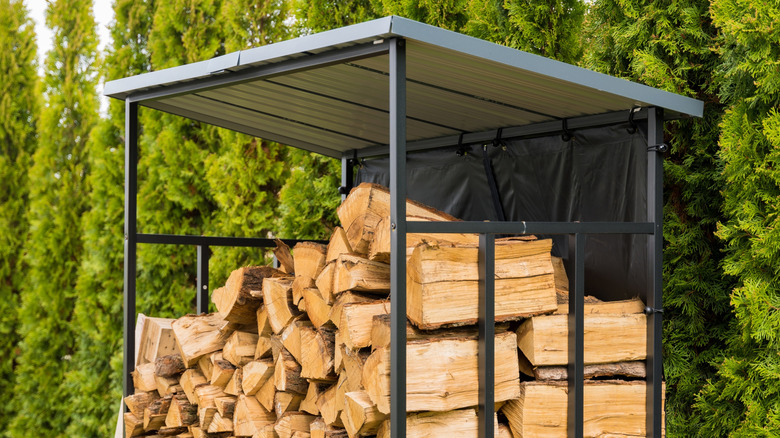How Long Should Firewood Be Seasoned Before Burning It In Your Home?
Is there anything more comfortable than a lit fire while the cold weather blasts outside? It's hard to think of something better than one of these cozy wood-burning fireplaces. While you look forward to those snug winter nights, however, don't forget to make sure you are seasoning your firewood well in advance before you burn those gorgeous logs. In fact, six months or more are recommended. This is especially important if you rely on your fireplace to heat your home or use it often. Seasoning your wood basically means drying it out to remove as much moisture as possible, which leads to healthier burning. This process is important to have an effective and safe fire.
Taking care of your firewood is just as important as any other home-related needs. If your wood isn't properly seasoned, it can cause issues with your heating when winter rolls around. While unseasoned firewood will eventually light, it has a much more difficult time doing so than seasoned wood because of the moisture it still contains. This creates extra smoke, which can cause problems for your chimney and flue, and even health concerns like trouble breathing. It will also decrease the air quality in your home overall.
To correctly season your firewood, you will want to start at least six months before burning. However, 12 months would be the most ideal and lead to the best results, so you can have the healthiest home — and the warmest — during the colder weather.
How to correctly season and store your firewood
To correctly season your wood you will want to first cut the firewood to a length that can fit in your wood stove or fireplace. Typically it is recommended to cut 3 inches shorter than your firebox. After cutting the firewood to size, further split each log into sections to get it to an ideal width — each piece should be less than 6 inches in diameter. This can help dry your firewood more quickly. Then you can move onto storing your wood.
Correct storing practices keeps the wood open to air to assist in drying it out. Do this by stacking your wood horizontally and keeping it at least 6 inches off the ground. If you decide to cover your wood with a tarp to protect it from the elements or for any other reason, make sure to only cover the top so you aren't trapping in unwanted moisture, which would negate your seasoning process.
To ensure your wood has dried out enough you can use a moisture meter, or try knocking two pieces of wood together. If it sounds hollow, it's likely dry enough to burn, but if it sounds dull, it will need to season longer. Remember that hardwood lumber like oak, maple, and beech will take longer to season than softwood lumber like pine, cedar, and spruce. If you're using a moisture meter, you will want a reading of less than 20%. Now that you know how to properly season your firewood, you can ensure you are well prepared for next season's cozy fire!

